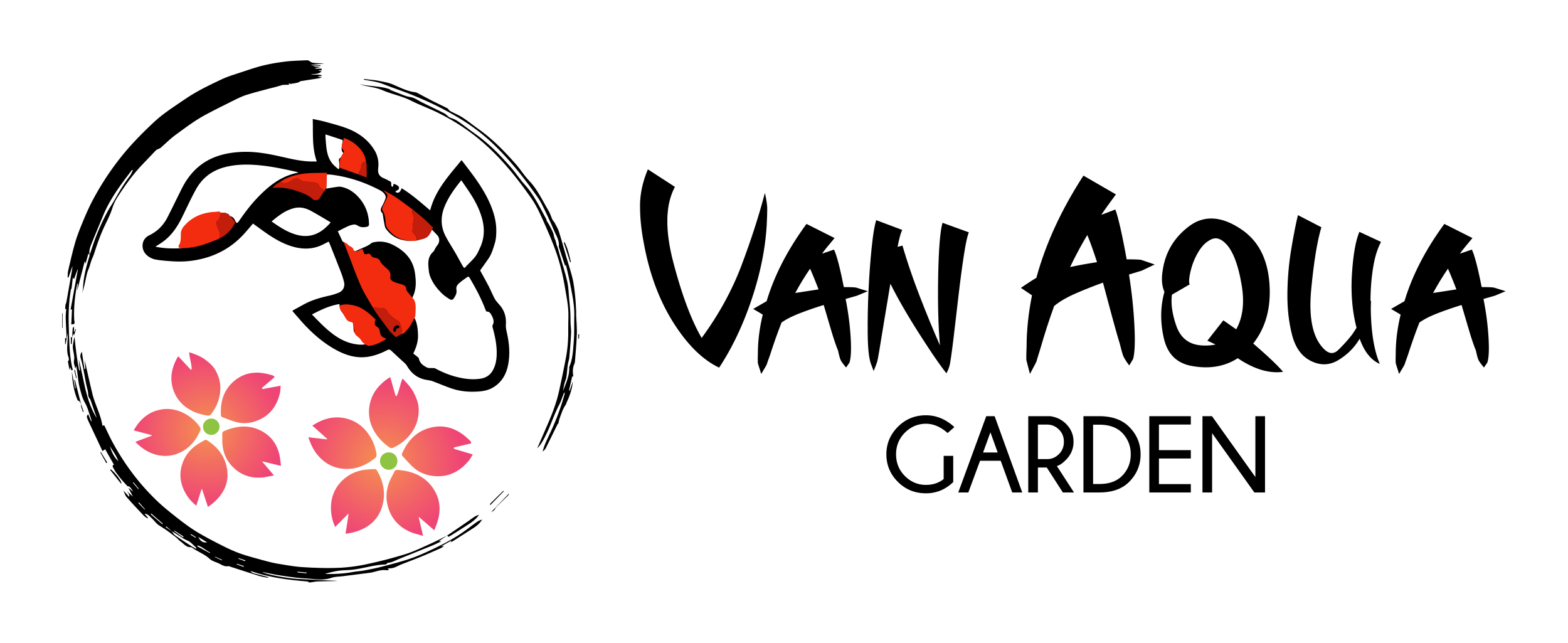Safe Fish Storage for Koi Ponds: Best Practices for Ensuring Optimal Conditions
Creating a safe and healthy environment for your koi fish is paramount to their well-being. One aspect that often goes overlooked is safe fish storage for Koi Ponds. Proper Koi Pond fish storage not only protects your fish but also promotes their overall health and longevity.
In this article, we will explore the best practices for safe fish storage in koi ponds, ensuring optimal conditions and the well-being of your beloved aquatic companions.
- Maintaining Water Quality
Water quality is of utmost importance when it comes to safe fish storage.
To ensure the well-being of your koi, it is crucial to maintain clean and properly balanced water conditions. Regularly test the water parameters, including pH, ammonia, nitrite, and nitrate levels, and take appropriate measures to keep them within acceptable ranges.
This will help prevent stress, diseases, and complications in your koi fish.
- Providing Sufficient Space
Ample space is essential for safe fish storage. Overcrowding can lead to poor water quality, limited oxygen availability, and increased stress levels among your koi.
Ensure that your pond has enough surface area and depth to accommodate the number of fish you have.
The general rule of thumb is to provide at least 500 gallons of water for every adult koi, and additional space for growth.
- Adequate Filtration and Circulation
Installing a high-quality filtration system is crucial for maintaining optimal water conditions.
A reliable filter will remove debris, excess nutrients, and harmful substances from the water, improving its quality and reducing the risk of disease outbreaks.
Additionally, consider adding a water circulation system or aeration device to enhance oxygen levels and prevent stagnant areas.
- Shelter and Shade
Koi fish require shelter and shade to protect them from harsh weather conditions and potential predators.
Provide adequate hiding spots, such as submerged plants, rock caves, or purpose-built fish shelters.
These features not only offer protection but also create a sense of security for your fish, reducing stress levels.
- Temperature Regulation
Koi are cold-water fish, and maintaining appropriate water temperature is vital for their health.
Drastic temperature fluctuations can weaken their immune system and make them susceptible to diseases.
Use a pond heater or chiller to maintain a stable water temperature throughout the year, especially during extreme weather conditions.
- Avoid Overfeeding
Overfeeding can lead to excessive waste production and compromised water quality. Develop a feeding schedule and provide your koi with a balanced and nutritious diet suitable for their specific needs.
Feed them only what they can consume in a few minutes, removing any uneaten food promptly.
This practice will minimize waste accumulation and reduce the risk of bacterial growth and water contamination.
- Quarantine New Fish
Introducing new fish to your koi pond without proper quarantine can pose significant risks to the existing inhabitants.
Quarantining new fish in a separate tank for a few weeks allows you to observe them for any signs of illness or infection before introducing them to the main pond.
This precautionary step helps prevent the spread of diseases and protects the health of your entire koi population.
Conclusion
Safe fish storage is an essential aspect of maintaining a healthy and thriving koi pond. By following these best practices, such as maintaining water quality, providing sufficient space, adequate filtration, and temperature regulation, you can ensure the well-being and longevity of your precious koi fish.
Remember, a well-cared-for fish is a happy fish, and a happy fish brings joy and beauty to your pond for years to come. If you’re looking for the best in class for safe fish storage equipment, make sure to check out our shop today.
